Thermoplastic Polyolefin (TPO) has become one of the most trusted commercial roofing systems across the U.S. Designed specifically for low-slope and flat roofs, TPO roofing offers a modern solution for building owners looking to improve energy efficiency, long-term durability, and cost control.
What sets TPO apart is its ability to reflect UV rays, resist environmental stress, and maintain flexibility through extreme temperature swings—all while being a lightweight, weldable membrane system. It’s a choice that delivers on both performance and sustainability.
TPO roofing systems are available with Class A fire ratings when installed over the appropriate assembly. This makes them ideal for facilities where fire safety is a top concern, including medical centers, industrial buildings, and educational institutions.
TPO membranes are designed to withstand exposure to a wide range of chemicals and pollutants, including grease, oils, and industrial byproducts. This makes them an excellent fit for manufacturing plants, food processing facilities, and commercial kitchens.
Engineered to handle both extreme heat and freezing conditions, TPO roofing stands up to thermal expansion and contraction without cracking or splitting. Welded seams create a tight barrier against rain, wind, and storm-related damage.
TPO roofs are naturally resistant to mold, mildew, algae, and other biological growth — all without the need for added biocides. This makes the roof surface cleaner, safer, and more efficient over time.
The bright white reflective surface of a TPO roof significantly reduces heat absorption, helping to lower indoor temperatures and reduce HVAC strain. This contributes to lower utility costs and supports LEED or ENERGY STAR® building initiatives.
Reinforced with polyester scrim and welded at the seams, TPO membranes offer strong resistance to punctures, impacts, and tears. This durability makes them reliable for high-traffic rooftops and long-term building protection.
TPO offers a high-performance solution at a lower cost than many other single-ply systems. Combined with low maintenance needs and energy savings, TPO systems deliver long-term value without sacrificing performance.
The installation method depends on the specific needs of the building, local climate conditions, and project timeline. Common systems include:
Fasteners are used to secure the membrane to the roofing deck, followed by hot-air welding of seams. This is a versatile and widely used approach for commercial roofs.
A specialized method that uses electromagnetic induction to bond the membrane to plates beneath the surface. This reduces the number of fasteners needed and provides superior wind uplift resistance.
An adhesive or low-rise foam is used to bond the membrane directly to the substrate. This method delivers a clean, wrinkle-free appearance and distributes uplift pressure across the entire surface.
An existing TPO roof still requires attention to perform at its best. Regular inspections can catch minor issues before they become costly problems.
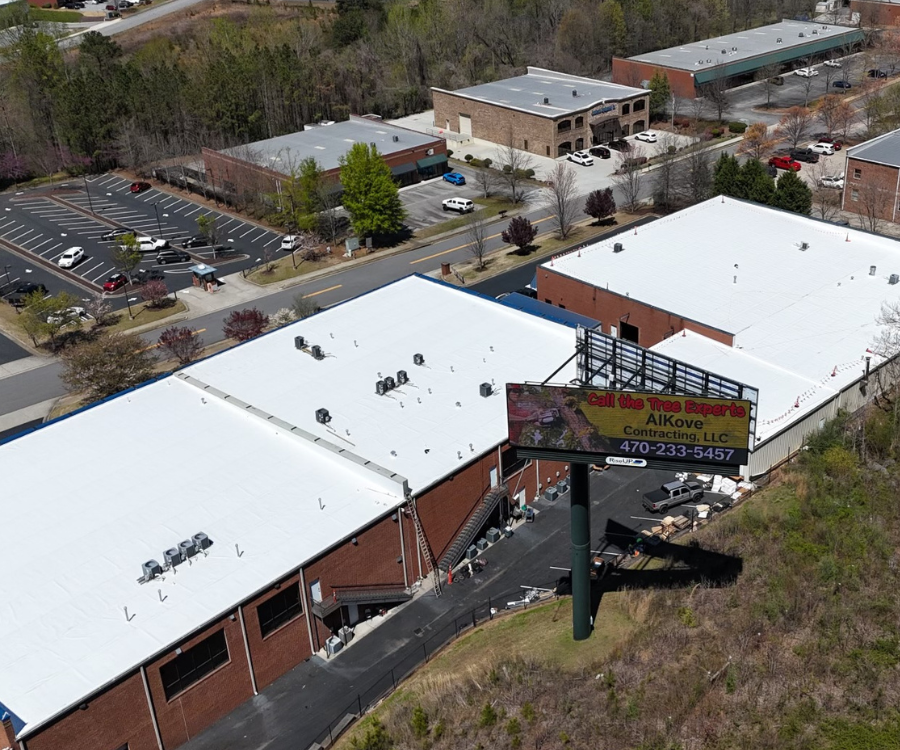
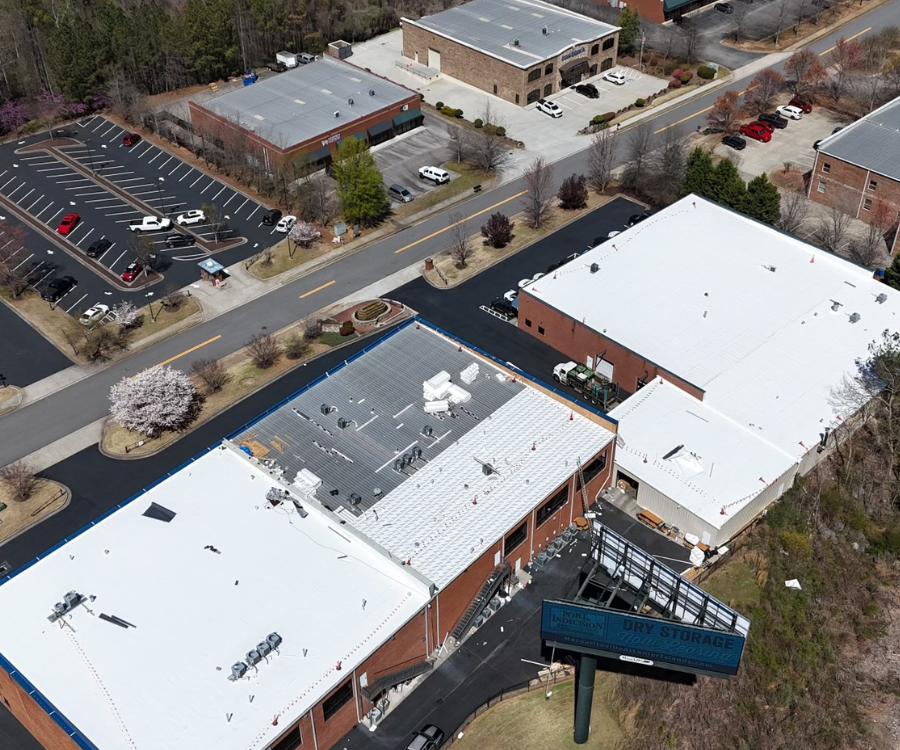
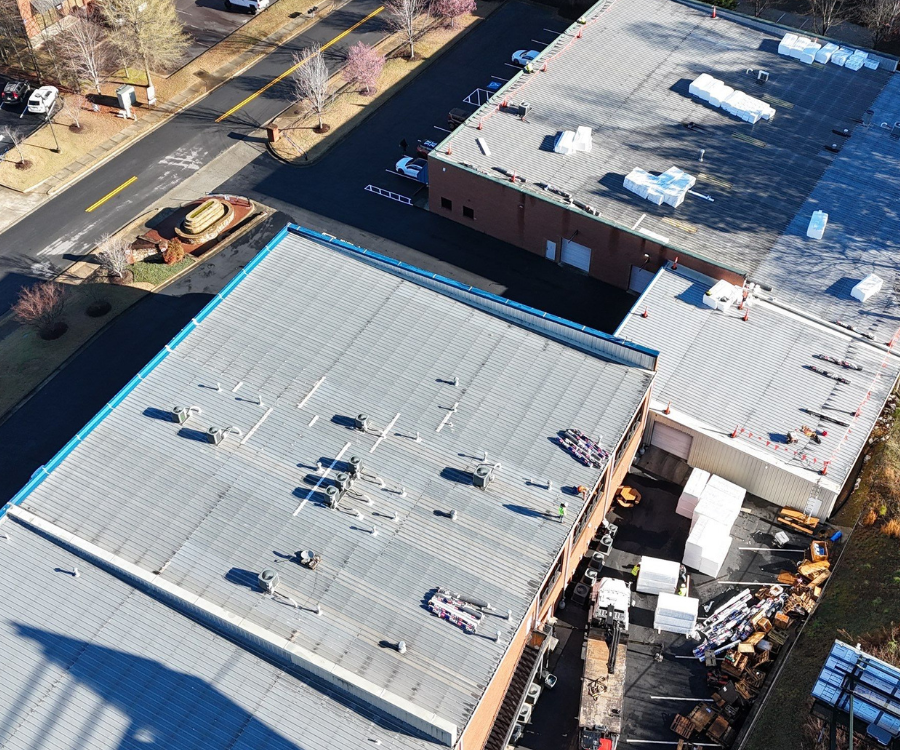
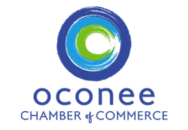
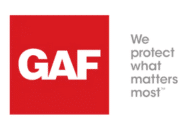

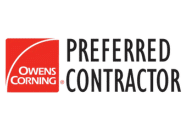



Both TPO and PVC are thermoplastic membranes, but each offers unique strengths. The right choice depends on your property’s environment and performance goals.
| Feature | TPO | PVC |
| Energy Efficiency | High reflectivity (cool roof) | High reflectivity (cool roof) |
| Chemical Resistance | Good | Excellent (ideal for food/service industries) |
| Flexibility | Excellent | Moderate |
| Environmental Impact | No plasticizers, recyclable | Contains plasticizers |
| Cost | More budget-friendly | Higher upfront cost |
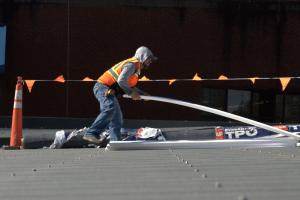

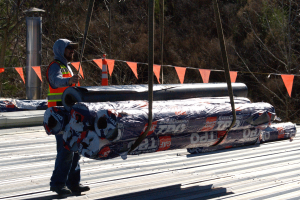
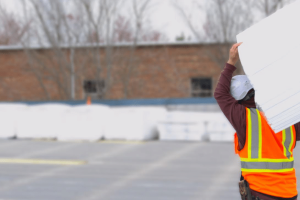
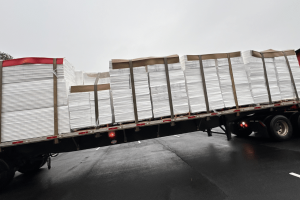
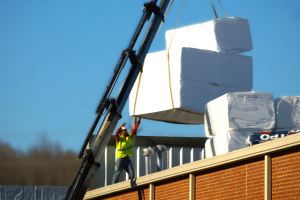


Whether you’re planning a new installation, retrofitting an existing structure, or need professional repair and evaluation, a properly installed TPO system can enhance your building’s performance and lower long-term operating costs.
Request your free commercial roofing quote today.
Build Your Commercial Roof with Good Shepherd Commercial. Fill out the form to get started.